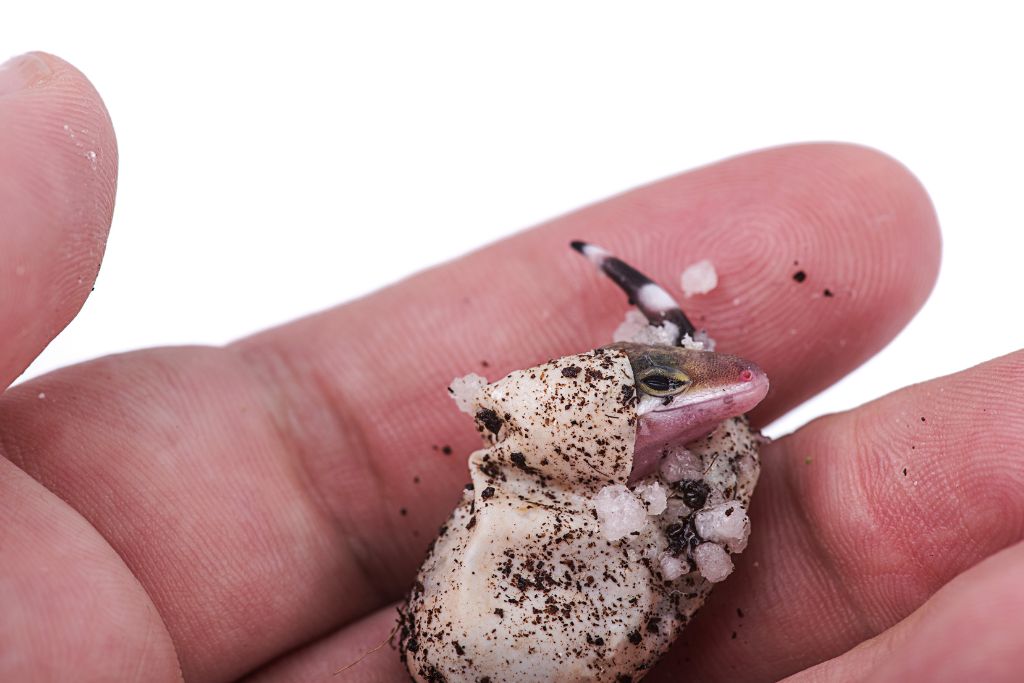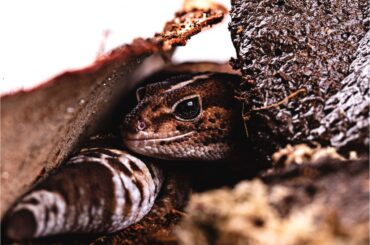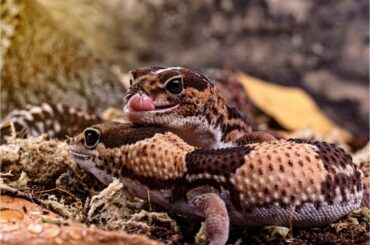Why do leopard geckos sometimes lay eggs without a mate? This behavior puzzles many gecko owners. Could it signal a more serious issue?
These creatures captivate us with their vibrant colors and calm demeanor. But what grabs our attention is their ability to lay eggs without mating. That’s not common in the reptile world.
It’s not just a fun fact; it matters for both the gecko and you. Knowing the whys and hows helps you care for your pet better. Plus, scientists find this rare behavior pretty interesting. Ready to explore the reasons and impacts of these unique eggs?
Asexual Reproduction in Leopard Geckos
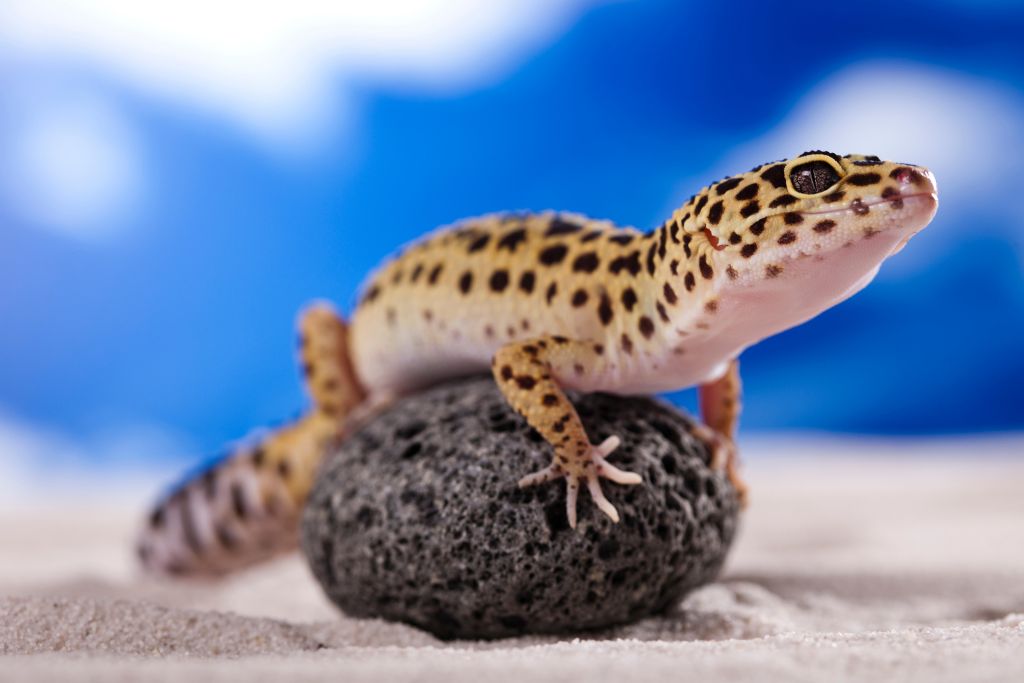
Ever wonder how some animals have babies without a partner? That’s called asexual reproduction. In this process, one parent can produce offspring without mating. Having babies without a mate is a big deal for animals. It means they can reproduce even if they’re all alone.
Parthenogenesis is a unique form of asexual reproduction. Leopard geckos sometimes do this. A female lays an egg, and it becomes a baby gecko without any male involvement!
Want to know how parthenogenesis works? Think of a lone egg inside the female. Normally, sperm would kick-start its growth into a baby. But here, the egg takes charge and grows solo. Imagine baking a full cake with only half the usual ingredients!
Factors Triggering Parthenogenesis
What makes a female leopard gecko decide to lay eggs without a male partner? Knowing what triggers this behavior improves your pet care skills. Ready to dive into the factors that set off this unique process?
- Isolation from Males: When a female gecko doesn’t have access to a male, her body might go into autopilot and start the process of parthenogenesis. She figures, “Well, no males around, so I’ll do this myself!”
- Environmental Conditions: Believe it or not, the room’s temperature and humidity can influence this. Warmer and more humid conditions often encourage egg-laying, even without mating.
- Hormonal Changes: Just like humans, hormones play a significant role in a gecko’s life. Sometimes, a spike in certain hormones can trigger the laying of unfertilized eggs.
- Reproductive Cycles: Female leopard geckos have their natural cycles. During certain times of the year, they’re more likely to lay eggs, fertilized or not.
- Stress: Oddly enough, stress can also be a trigger. When a gecko feels stressed, her body might lay an egg as a survival mechanism.
- Diet and Nutrition: What your gecko eats can also play a role. A diet rich in particular nutrients might encourage egg-laying.
- Genetic Factors: Sometimes, it’s just in the genes. Some leopard geckos are more prone to parthenogenesis due to their genetic makeup.
The Mechanism Behind Asexual Egg Laying
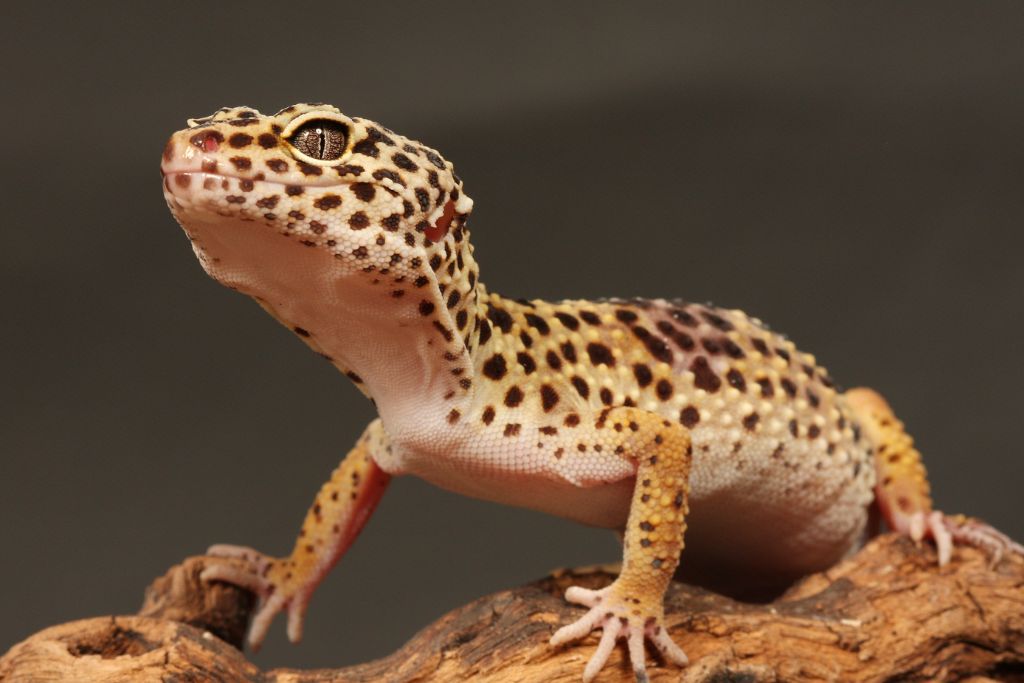
Female leopard geckos have a unique reproductive system that allows for some pretty cool tricks. They have two ovaries and an oviduct – a tube where eggs get their shell. When an egg is ready, it travels down this tube and either gets fertilized by sperm or not. If there’s no male around, the egg can still develop a shell and get laid.
So, how does an unfertilized egg turn into a baby gecko? It’s all about cell division. Usually, an egg needs sperm to start dividing and forming an embryo. In asexual reproduction, the egg skips the sperm part and starts dividing independently. It’s like a one-parent family, where the mom does all the work.
Scientists find this whole process super interesting. Research has delved into the genetics of asexual reproduction in geckos. Certain genetic markers could predispose a gecko to lay unfertilized eggs.
Hormones and chemicals are another focus of scientific inquiry. It’s not merely a question for pet owners; scientists find this topic intriguing, as well.
Asexual vs. Sexual Reproduction in Gecko Breeding
Asexual reproduction
Asexual reproduction is like making gecko babies all by yourself. It’s easier because you don’t need to find a partner or do any fancy dances. But here’s the catch: all the babies end up being exactly like the mom. So, it’s super convenient, but it doesn’t give you a lot of variety in the gecko family.
Sexual Reproduction
Now, sexual reproduction is a bit more complicated. It involves geckos finding each other, going through a whole “getting to know you” phase, and then making babies together.
But here’s why it’s cool: the babies from this method get traits from both parents. This mix of traits makes a gecko family that can handle different situations and changes in their environment.
Unfertilized vs. Fertilized Eggs
How can you tell whether a leopard gecko’s egg is fertilized? Spotting the difference between the two types of eggs can be crucial for proper care. Let’s compare their physical characteristics in a table to make it easier.
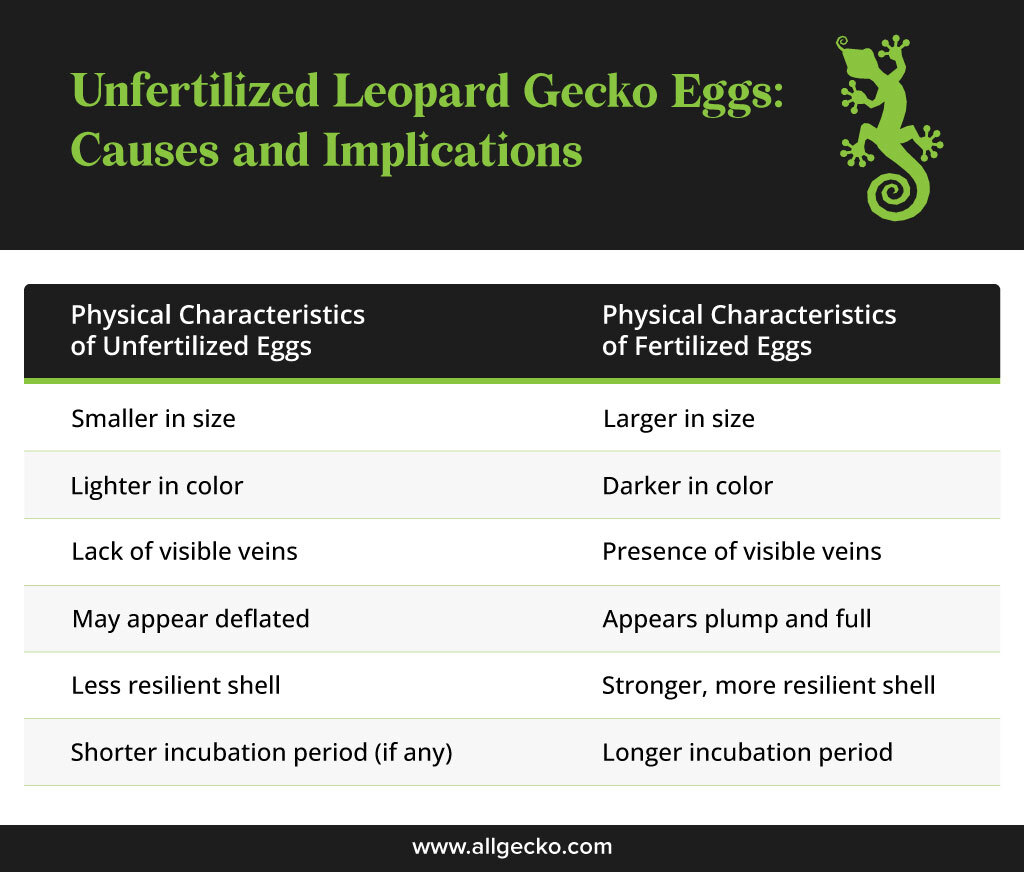
Unfertilized eggs usually look smaller and lighter than their fertilized counterparts. They also lack the visible veins that you often see in fertilized eggs.
Knowing these differences can help you take the proper steps in caring for your leopard gecko’s eggs, whether set to hatch or not.
Conservation Implications
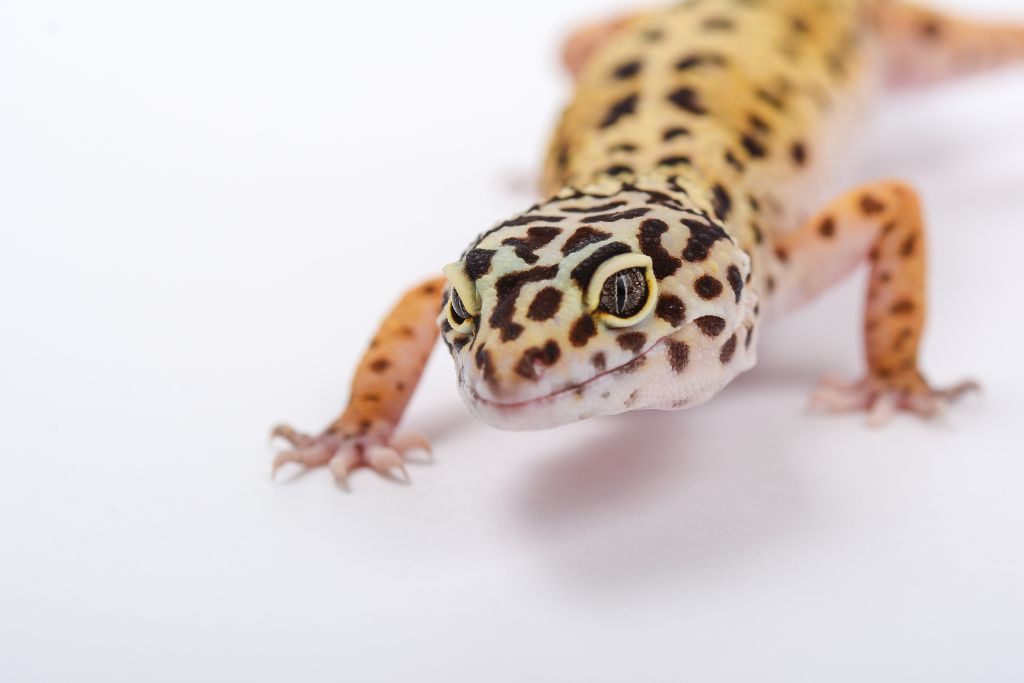
Asexual reproduction in leopard geckos offers new avenues for conservation. If females can have babies without males, that’s a big plus for boosting populations. This becomes crucial for endangered species or those with few males.
Captive breeding programs stand to gain from this insight. Picture a setting with a male shortage. Females can still lay eggs, contributing to population growth. Easier species management and better survival chances are the result.
Asexual reproduction isn’t perfect; it has drawbacks, like limited genetic diversity. Over time, this can expose a species to higher disease risks and reduced adaptability. Quick wins are possible, but asexual reproduction isn’t the ultimate fix for conservation.
Final Thoughts
Petting a leopard gecko is more than a hobby—it’s a chance to learn about biology and help conservation efforts. Maintaining a happy, healthy gecko is your responsibility and a pleasant experience. Proper maintenance can lengthen your gecko’s life and increase your knowledge of these amazing animals.
FAQs
How Long Are Leopard Geckos Fertile?
Females can be fertile for several years, typically from 1 to 8 years of age.
What Do Unfertilized Leopard Gecko Eggs Look Like?
Unfertilized eggs are usually smaller and lighter in color compared to fertilized ones.

